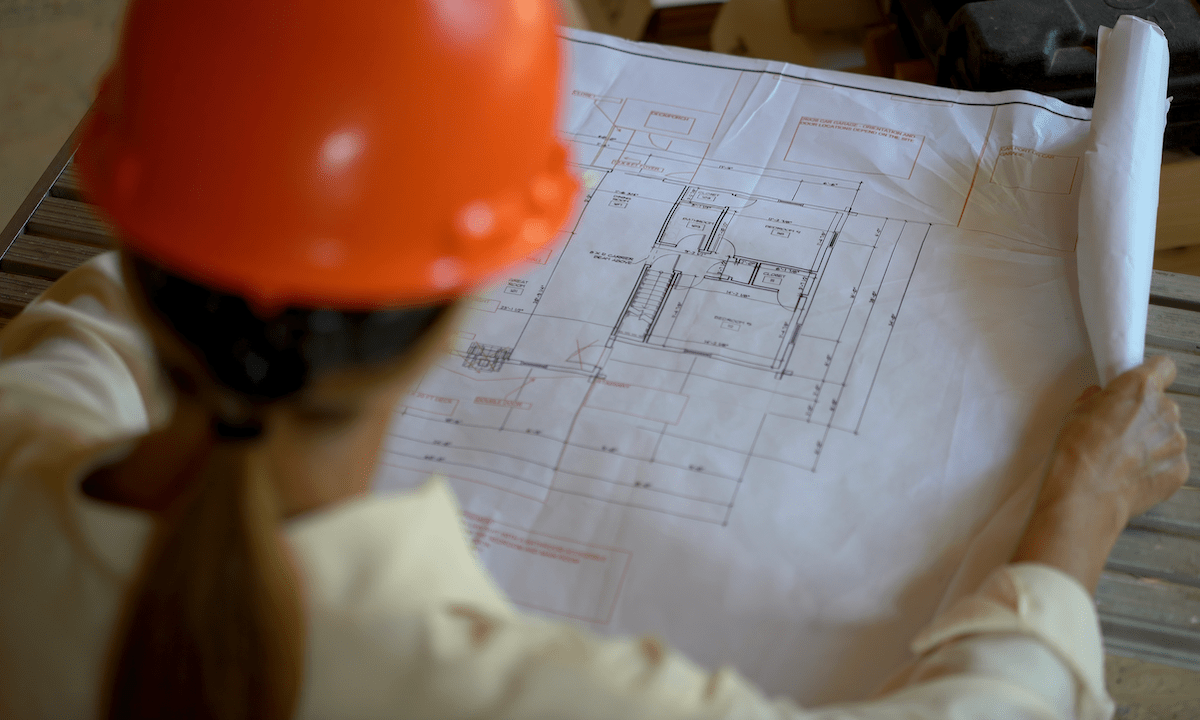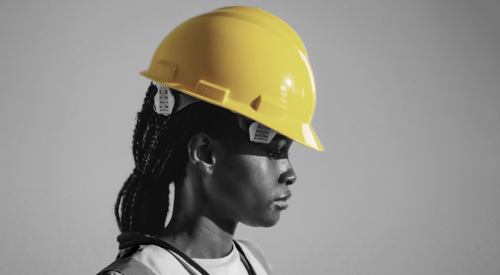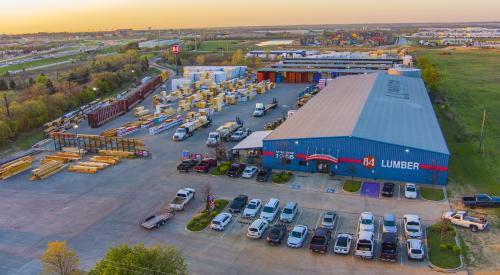The construction industry has long been recognized as a male-dominated field where women face numerous challenges and barriers to entry and advancement. Gender bias, stereotypes, and underrepresentation are prevalent and can hinder a woman's career progress and overall job satisfaction in the construction sector.
A study by the Associated Builders and Contractors (ABC) highlights that women construction workers face discrimination in various forms, including unequal pay, lack of opportunities for advancement, and harassment. Addressing these challenges and creating a more inclusive workplace for women in construction can lead to improved business outcomes and a more positive work environment overall.
Why Strive for Workplace Diversity?
A study examining workplace diversity statistics indicates that companies with diverse teams are more likely to be innovative, productive, and profitable. Another study from the NCCER (National Center for Construction Education & Research) found that hiring women leads to a greater focus on teamwork, better jobsite cleanliness, higher attention to detail, and higher safety performance with greater compliance to health, safety, and environment (HSE) processes and procedures.
How Creating an Inclusive Workplace Can Help Your Home Building Business
Creating a diverse, inclusive workplace has numerous benefits for construction companies, including:
- Increased creativity and innovation resulting in better problem-solving, decision-making, and, ultimately, improved project outcomes thanks to diverse teams
- Enhanced productivity and employee morale, which lead to higher job satisfaction, increased retention rates, and a positive work culture when employees feel valued and included
- A competitive advantage in the market because transparent, inclusive hiring practices help to attract top talent and build positive, inclusive relationships with both clients and stakeholders
What’s Involved in Creating an Inclusive Workplace: 4 Factors
Building an inclusive workplace that values and empowers women is not only the right thing to do but is also beneficial for construction companies. Consider these four factors:
1.) Inclusive hiring practices
One of the first steps in creating an inclusive workplace for women in construction is to implement inclusive hiring practices. That includes using gender-neutral language, eliminating bias in job postings, and diversifying recruitment channels to attract a broader and deeper pool of candidates.
By eliminating gender-specific language and biases in job postings—for example, requesting recommendations from another worker in the field—construction companies can encourage more women to apply for construction jobs and increase the chances of hiring and retaining women.
Additionally, it’s crucial for companies to be transparent about their recruitment and promotion processes by showing how they provide equal opportunities regardless of gender.
Home building still has few women in leadership positions and one way construction companies can help aspiring women in the field attain their career goals is by providing training and development programs, paid apprenticeships, and mentoring opportunities.
2.) A supportive work environment for women
A supportive work environment is perhaps the most important part of creating an inclusive workplace and it’s essential for any of the other steps mentioned here to be effective. At the most basic level, creating a supportive workplace for women starts with advocating for equal treatment and opportunities in the workplace and respecting and valuing differences among colleagues.
Although inclusivity workshops and training are a good start, it’s crucial to make sure your crew follows through. With just under 11% of women making up the overall construction workforce in the U.S. in 2021, women in construction often have to work harder to prove themselves and are subject to unprofessional treatment and derogatory comments or “jokes” at work by male coworkers.
Enforce change in cultural attitudes and establish trust in the workplace by actively implementing a zero-tolerance policy for such behavior. You can also make it easier for women to reach out regarding issues that don’t require escalating the issue to HR. Providing these avenues for communication means women feel heard at work and this can help your business retain more women employees.
Furthermore, consider offering flexibility in work arrangements, such as scaling back disciplinary action for missed work due to family emergencies and offering consistent paid-time-off policies across your workforce. Additionally, being transparent about remote-work options partially based on asynchronous communication, such as for project management roles, can also help attract women to your workforce and make it more likely they will stay.
Women—especially working mothers—often have additional responsibilities outside of work, so it’s important to take their circumstances into account to create a truly supportive work environment.
Finally, improving jobsite amenities and safety, notably restroom facilities and properly fitting workwear and equipment, can be easily remedied to ensure women on the jobsite are both safe and comfortable.
3.) Addressing harassment and discrimination in the workplace
Prevention policies should explicitly articulate your firm’s position and process for complaints of harassment and discrimination in the workplace, especially sexual harassment.
This includes promoting and enforcing a zero-tolerance policy for harassment and discrimination, providing training for employees on what unacceptable behavior entails, and being clear about disciplinary actions for repeated policy offenses.
Management should regularly track progress and identify areas for improvement. Do this by seeking feedback from employees so you can allow for revisions to policies and procedure and continually improve the workplace environment.
4.) Promoting gender equality outside the company
Promoting diversity and inclusivity should also extend to trade partner and supplier/vendor relationships. For one thing, you can actively seek out and partner with diverse trade partners and suppliers, including women-owned and minority-owned businesses.
You can also lead by example and encourage—and even offer training and education—to your trade and supplier base to help them attract and retain women workers to their businesses.
By demonstrating an intentional commitment to diversity and inclusion throughout the entire business operation, home building companies can help promote economic empowerment for underrepresented groups and create a more inclusive supply chain with new perspectives and unique solutions for construction projects.
The Wider Benefits of Making Construction More Inclusive for Women
Yes, the construction industry has traditionally been male-dominated, but the tide is slowly shifting, due in part to the success stories of women who have excelled in the field and serve as powerful sources of inspiration and motivation for women looking to enter the construction industry.
Women's success in construction today is earned despite the current work environment not because of it. To ensure more women, like their male counterparts, are celebrated and supported for their achievements, everyone working in the construction industry is ultimately responsible for striving to create a better, more inclusive workplace. Doing so benefits not just women working in construction, but everyone involved in this industry.
Dominique Vatin is a staff writer and resident career expert at Resume Genius, where she writes about ways job seekers can find more fulfilling work opportunities, among other topics.













